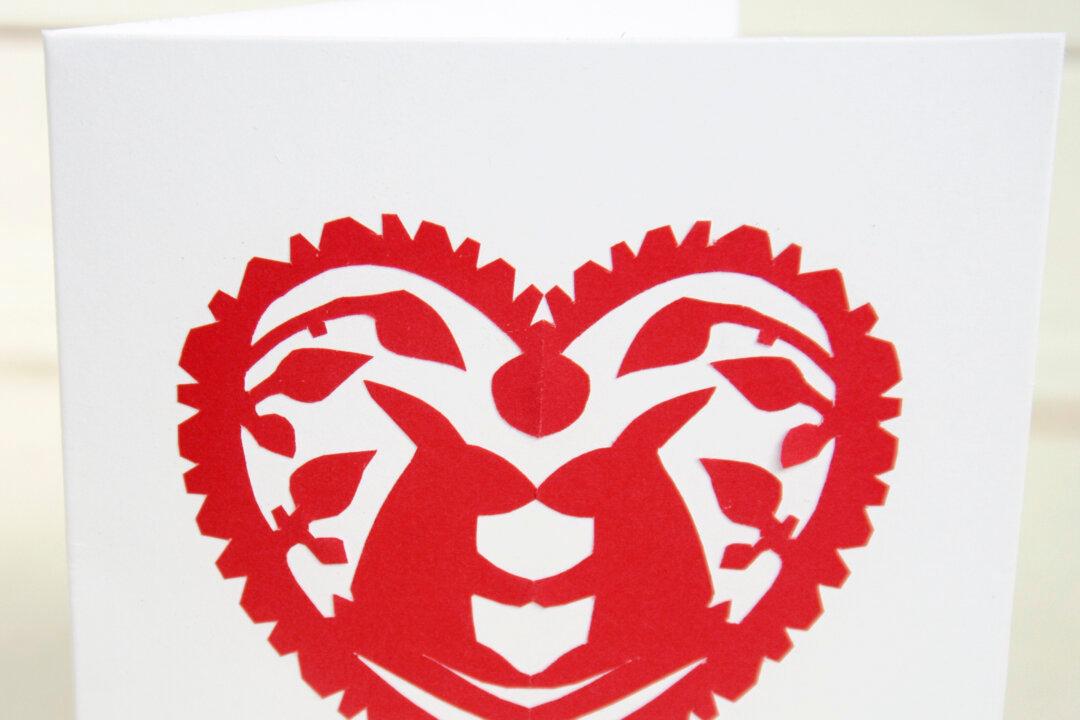I have a Polish heritage, so I suppose it’s not surprising that as I travel along my creative journey I am finding inspiration in traditional Polish folk art — specifically paper-cut designs or Wycinanki as they are known in Polish.
Below is a little history of wycinanki and an easy project for you to try with a free downloadable template.
History of wycinanki
The origin of wycinanki (pronounced vih-chee-non-kee) is shrouded in mystery. Some say it originated in the 19th century in rural areas with farmers cutting decorative designs into sheep skins and bark with sheep shears, before moving on to paper as it became more readily available. Other say the tradition goes back much further.
Unlike many folk art objects, which are both functional and decorative, wycinanki were used purely for decoration in people’s homes, being pasted to white-washed walls, ceilings and beams, and also used on furniture. They became popular in the mid 19th and early 20th centuries, before the custom of decorating the home in such a manner began to die out.



